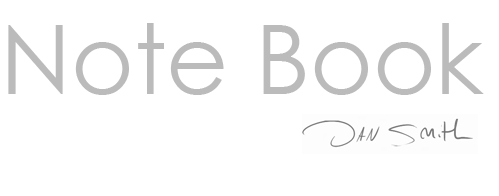A quick gif that shows me making and lighting a Tide bottle in Maya.
Monday, December 30, 2013
Tuesday, November 19, 2013
House in a forest
I imagine it would be cool to live high up above a forest and being able to look out and see the tree tops. This is a quick render in Maya that I completed in a little over a day. Not super happy with it but it's colorful and portrays the idea well.
Wednesday, November 13, 2013
Toronto condo concept
Architectural Visualization
I love the view from the Evergreen Brickwork so I used a photo I had taken as a starting point, I increased the size of the downtown buildings and graded the photo slightly to make it better looking overall. Rosedale is a very nice, very expensive neighborhood, although I don't think they will ever do it, I put my condo building there. The building is 34 stories high (my render may be exaggerating the height) and has a clear view in all directions. An HDRI( thanks http://www.feuerroth.de) that was similar to the lighting when the photo was taken is used for the lighting and reflections.
made in Maya,V-ray and fusion.
Thursday, October 31, 2013
DAZ to get quick human rigs
I've found DAZ Studio (4.6) to be an awesome resource for quick human models and rigs, its FREE and can export to Maya well. highly recommend it.
Friday, July 5, 2013
Noise in Mental Ray Render
I've been learning Vray for Maya recently but I want to stay fresh in Mental Ray so I did a quick study of noise in renders and how to solve different types of noise.
here is a simple test scene which shows four different sources of noise:
here is a simple test scene which shows four different sources of noise:
- noise in the reflection of the MIA Material
- noise in the shadows of objects
- noise in the general diffuse (when using mental ray's "use light shape" option)
- stepping and pixelation edges of object or in high contrast areas
to fix these issues you have to increase samples on each of these setting, knowing which samples to increase can help you resolve you issue faster.
for noise in the reflection you need to up the glossy samples in the reflection tab of the mental ray material, the less glossy it is the more samples you need to blur the reflection. 32 is often a good setting but if the reflections are very blurred you may need to go much higher than this. Going up exponentially is helpful (eg. 16, 32, 64, 128, 256)
noise in the shadows is normally due to ray trace shadows being on and the shadow rays not being increased. area lights need to have more than 1 ray to be smooth, upping that to 12 seems to smooth them out nicely.
the general diffuse noise is caused by the area lights high sample settings, increasing this to something like 16 can help smooth things out. The low sample setting is not often used, I believe it is called upon when the lights rays pass though an object or the reflection is seen in a reflection. If you notice grain in the shadows reflection you can try playing with that and seeing if it fixes it.
lastly edge noise can be due to the render sampling of the image, in the quality tab of mental ray's render options you'll find the raytrace/scanline quality, changing the max sample level to 2 and the contrast to .08 does the trick for me. Turning the max sample past 2 drastically increases render time so be careful.
hope this was helpful. This (along with most of this blog) is kind of a note to myself in case I leave mental ray for a while and come back to it later.
hope this was helpful. This (along with most of this blog) is kind of a note to myself in case I leave mental ray for a while and come back to it later.
Wednesday, February 27, 2013
Fabric Shader effect
I recently had to create a fabric bag and I used a gamma correct with a facing ratio fall off that added a nice velvet style effect. in my render it's subtle but the effect is still there. There are many tutorials for this but not many for maya.
All I did was use the fabric texture twice, one brightened with a gamma of 1.6 and another with a gamma of 0.7. The texture with the darker gamma is used for the facing side and the lighter one is used on the edges applied though the facing ratio from a sampler info node. It helps convey a softer fabric that's hard to get.
Wednesday, February 6, 2013
Mentalray IBL sphere transform Issue
Mentalray IBL sphere transform Issue
I ran into an issue using mentalray's IBL sphere. I would move or rotate the display sphere but in the render it changed nothing. The solution is to turn off the "infinite" check box. turning off that setting in the spheres attribute editor allows you to move it around and that transform will be reflected in the render.
Subscribe to:
Posts (Atom)











